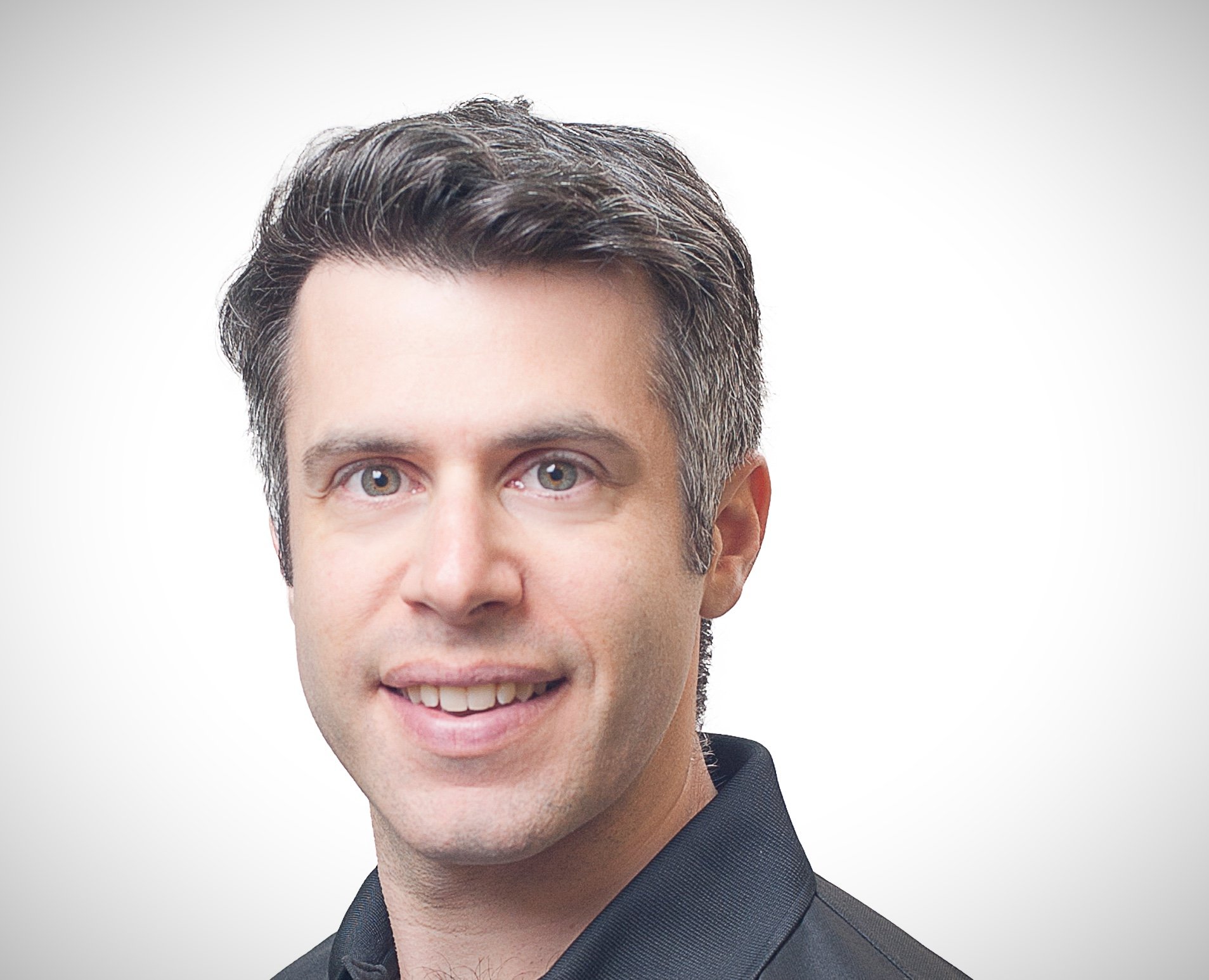
Virtually everyone needs surgery at some point in their lives, but billions around the world lack access to safe, affordable procedures. Even where quality care is available, surgery is often invasive and prone to human error. Yet new surgical devices, augmented and virtual reality platforms, data analytics tools, and even artificial intelligence-powered robots are changing the game.
Gaps in surgical care are particularly wide in the world’s low- and middle-income countries. Roughly 143 million additional procedures are needed in these countries each year to prevent unnecessary death and disability, according to a groundbreaking 2015 study by The Lancet. And even among those with access to surgical treatments, 33 million will incur financial catastrophe when trying to pay for them.
Overcoming this challenge will require more skilled health workers, lower-cost devices, improved infrastructure, and better financing mechanisms. This makes it a massively complex problem that requires coordinated action across the entire global health ecosystem. Tech innovators are helping at every step of the way.
Some are working on low-cost surgical devices that are purpose-built for poor countries. Hospitals and clinics in these countries often can’t afford the expensive equipment that’s standard in more developed markets. Some receive equipment donations from global organizations, but they may lack trained technicians to maintain and service them. And in places with spotty electricity and unclean water, it can be hard to keep devices sterile and operational.
“Donated equipment often ends up in the scrap heap,” one medical device executive told me at the MedTech Forum in Singapore last November. “Even when hospitals in poor countries invest their own money in quality devices, they can’t keep them running.”
Lifebox is one NGO that’s working to change this situation. Founded in 2011 by Atul Gawande, a surgeon and author of four acclaimed books on medical practice and philosophy, it developed a low-cost pulse oximeter, an essential tool that helps monitor oxygen levels during surgery and other procedures. The device has special features that make it appropriate for poor and harsh conditions. More than 14,000 of them have already been deployed in 100 countries globally, alongside a training program to support effective use.

Other organizations take a similar approach to developing and deploying needed devices. Gradian Health Systems, for instance, makes anesthesia machines that generate their own medical-grade oxygen, necessary for delivering anesthetic drugs to patients. Arbutus makes protective sheathes that transform regular power drills—the kind you can get in any hardware store—into sterile bone drills for orthopedic operations. These can be far superior to the manual hand-crank drills that some surgeons still use in poor countries.
Another challenge is the critical shortage of surgeons, anesthetists, nurses, technicians, and other skilled health workers in many poor countries. In a March 2015 story for Techonomy, we identified eight organizations using e-learning platforms and other digital tools to improve access to high-quality medical education in emerging markets. These are helping address a problem that’s reached crisis proportions in parts of South Asia, Southeast Asia, and Africa.
Emerging capabilities in virtual reality (VR) and augmented reality (AR) can make medical training even more powerful. One company that sees the potential is Proximie, which provides AR software to support surgical training and care. This allows remote surgeons to superimpose digital notes and comments on top of live video feeds. In one of their pilots, which was covered in a compelling documentary by Al Jazeera, Proximie used the technology to provide support to frontline surgeons in Gaza.
High-quality data on the surgical workforce will be critical for measuring the impact of technologies like these. New analytics and visualization tools can help. One example is SurgeonWorkforce, an initiative to visualize data on accredited surgeons in 10 African countries. The data shows that most countries in the region face major workforce gaps. Kenya, one of the best-performing countries, still has only 551 surgeons for a population of 45 million people.

“Our vision of the map is to include all countries globally,” says Jaymie Claire Ang Henry, a longtime global health activist who currently manages the project. “We also want to eventually include anesthesiologists, OBGYNs, and trauma providers.”
Cutting-edge technologies could eventually help too. Surgical robots, for example, are among the most advanced and expensive devices in the market today, but this hasn’t stopped technologists from exploring ways of repurposing them for areas with low-resources. Additive manufacturing can enable medical teams in remote locations to create supplies on demand, for example broken components or even 3D-printed organs for surgical training.
To get the most out of these technologies, we still need broader and more effective efforts globally for health systems financing, regulation, and management. Around the world, inspired leaders and clinicians are already working to bring surgical care to those who need it most. Innovative tech is starting to amplify their impact.
Will Greene is a writer and strategy consultant focused on Asia’s emerging R&D ecosystems. You can find him on LinkedIn.
Technology Helps Cut Global Surgery Shortage
Too many people around the world lack access to affordable surgery. About 143 million additional procedures are needed each year in low- and middle-income countries to prevent unnecessary death and disability, according to a 2015 study. Yet new devices, AR and VR platforms, data analytics tools, and even AI-powered robots are slowly changing the game.















